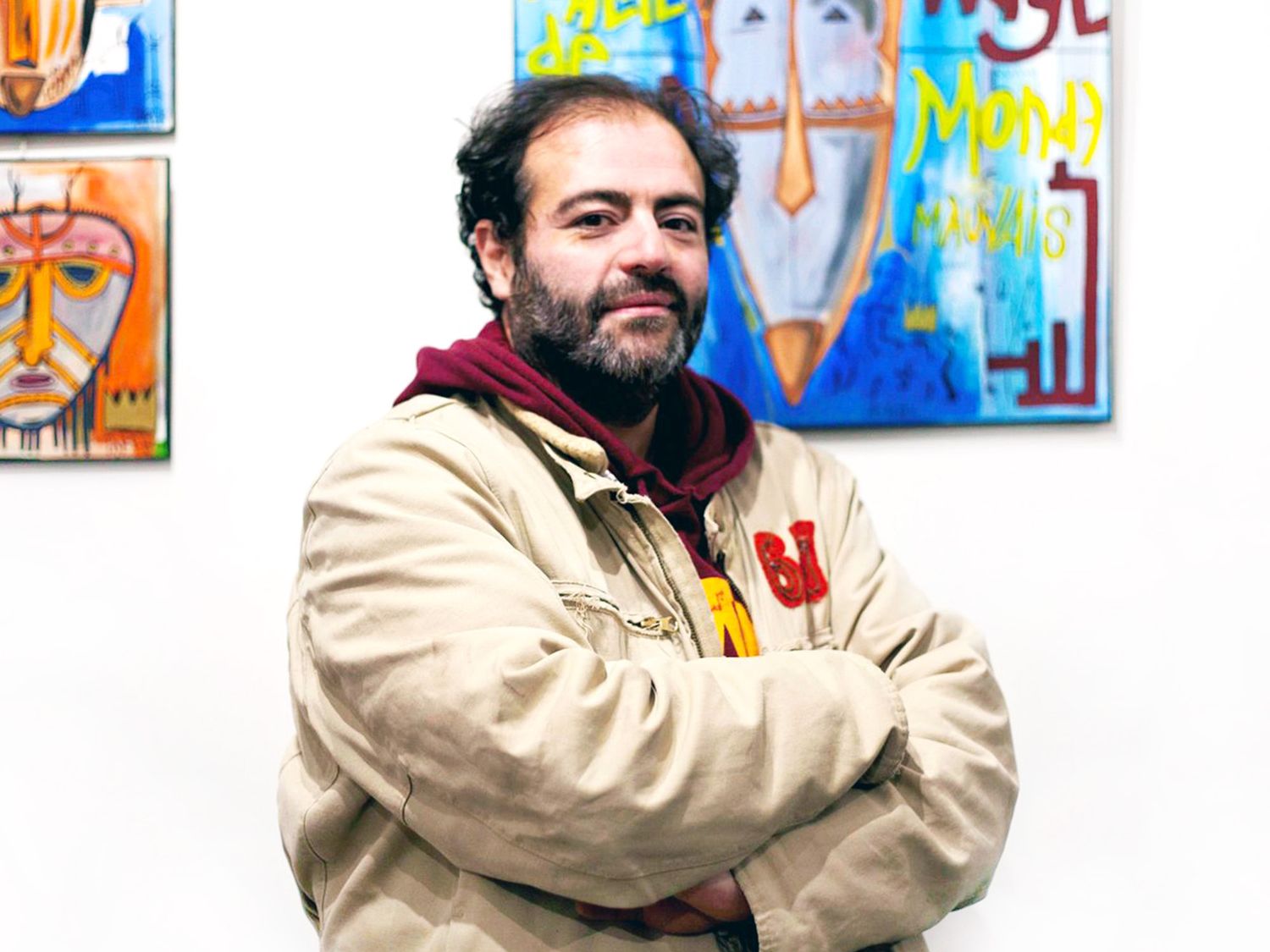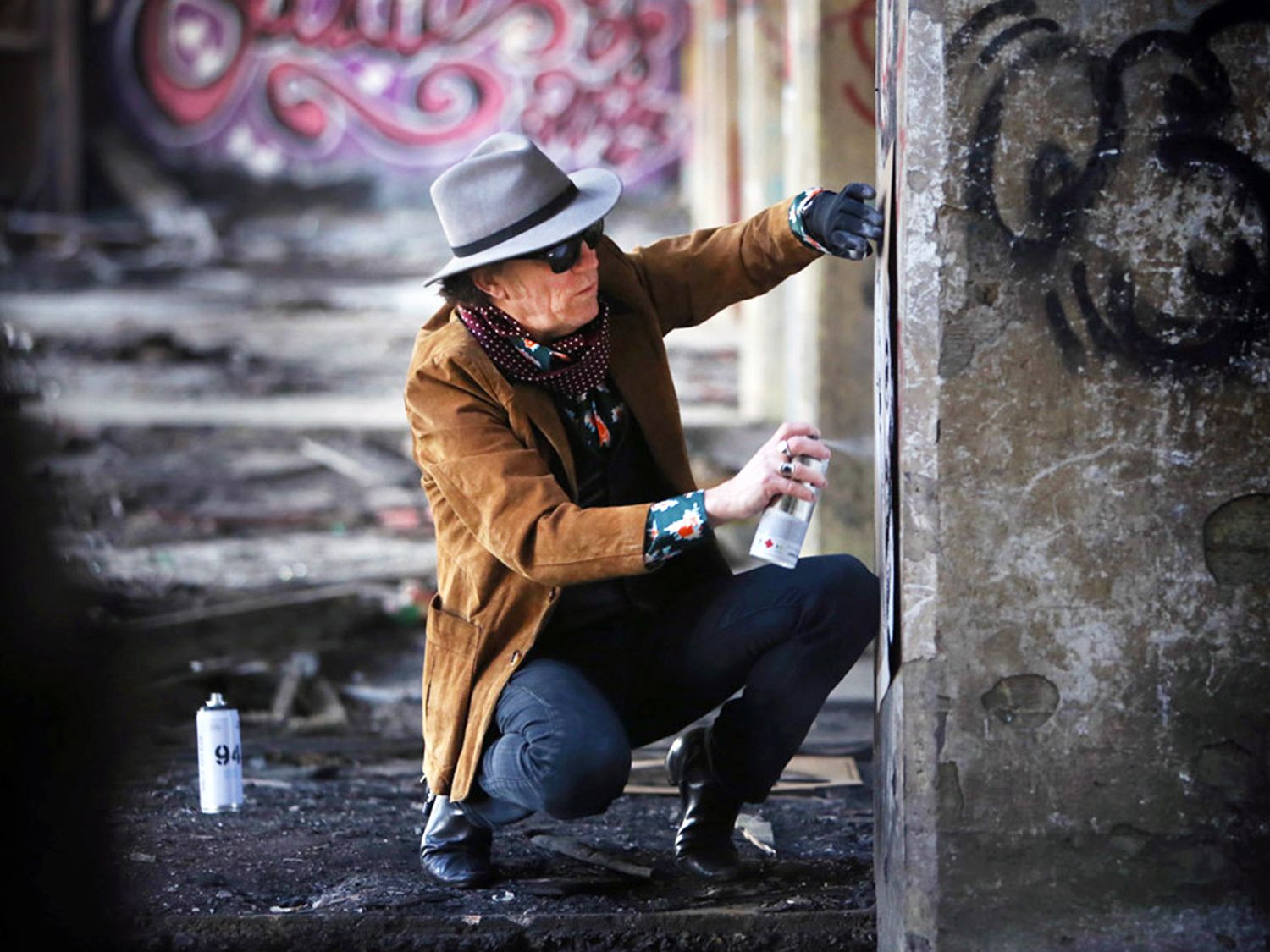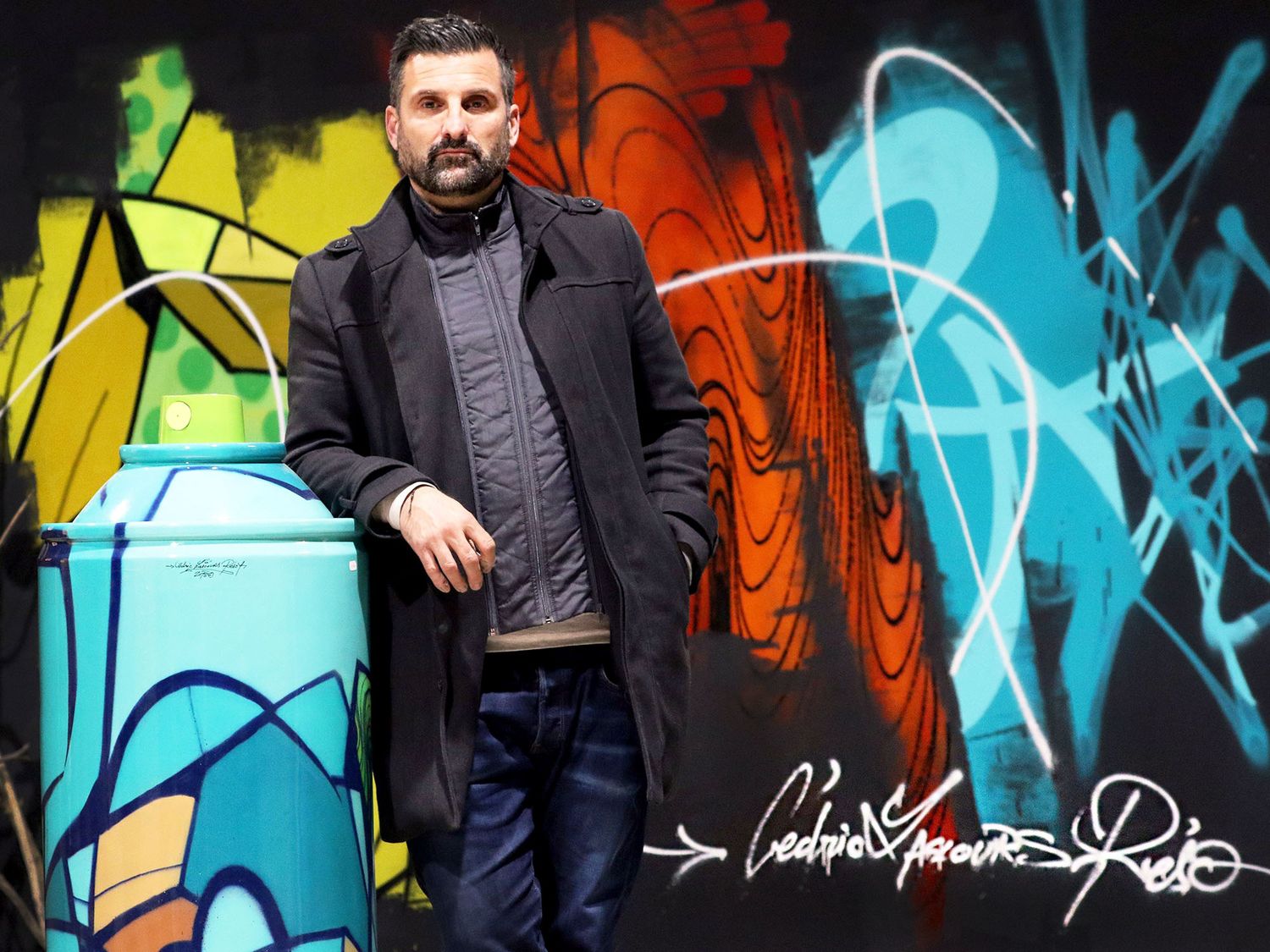
Graffiti, Street Art, Muralism... or the plurality of Urban Arts
Violaine Pondard • Posted on February 28, 2023
Graffiti and Street Art have always been two distinct branches of Urban Art, the most prolific artistic movement of the 21st century. Even if the line that divides both disciplines is sometimes small and can be easily crossed, with artists moving from one discipline to another, these notions imply different practices, aesthetics and codes. With as common point however, the act of creation mainly carried out without authorization in the public space but also the appropriation of the street and the ephemeral character of the work. However, from these illicit interventions anchored within an underground culture, a multitude of artistic practices have since asserted themselves, symbolizing the diversity of this movement, to such an extent that they can now be qualified as urban arts.
It is more than difficult to explicitly name the artistic phenomenon of urban arts and to classify it. Even though Urban Art primarily means that the creation is urban, that it takes place in the heart of the city, works can also be found in rural areas, in small and medium-sized towns, and even in villages. Street Art and Graffiti are also reductive names in terms of semantic as the practices they evoke cannot determine all the disciplines. The question of classification would thus imply putting each artist in boxes in order to propose an understanding of the phenomenon while these artists like to get out of the box and emancipate themselves from any hierarchy that might be made of their work. Nevertheless, it is possible to bring a reading of the major trends that make up Urban Arts: Graffiti-writing and Post-graffiti, Street Art and finally Neo-muralism. The combination of techniques inherent to these practices can also be found in different forms when they are made in the studio, and all these disciplines can be mixed and interact with each other, depending on artists' affinities.
From Graffiti-writing…
At the end of the 1960s in New York, rival gangs spray-painted letters, words and names on the sides of the subway without permission. Graffiti artists wrote their pseudonyms, multiplying their signatures so that from the north to the south of the city, and from the east to the west, they could be seen everywhere. At that time, we were not yet calling it art but rather vandalism. As part of a rebellious movement, emancipatory against authority, graffiti artists developed their own skills and techniques, using spray paint and other tools to apply their lettering, calligraphy and figurative B-boys to the walls. They also looked for wastelands in order to dissect this form of writing. This art of the letter, Graffiti-writing evolved later on to block letters, flops and other chromes. Initiated by a group, a community, Graffiti became at this point a real societal, political and artistic movement. "In the mid-1980s, nothing predicted what graffiti has become today", admits Tarek, author of "Paris Tonkar", the first reference book in France, published in 1991. And even if he personally took part in "bombing Paris", he was above all an observer of this growing movement, which saw great names reveal themselves as major artists, like JonOne who is probably the best example.

…to Post-graffiti
After the subway trains, graffiti artists first occupied wastelands and vacant lots and then they explored abandoned places (urbex) to avoid being intercepted by the police. These places, away from the urban crowd, offered them a kind of shelter. And it was in the heart of these wastelands that they had the opportunity to take the time to refine their lettering and that they learned to detach themselves from it to move towards greater abstraction. They then played with the line and the energy of the drawing, these original and raw forms resulting from graffiti. By gradually deconstructing the rules that shaped Graffiti, and the figurative aspect of their creations, the artists developed a new trend and renewed the genre. When their work, transposed on canvas, took over the galleries in the early 80s, Graffiti then became Post-graffiti. The artists relied in particular on drips, these drips that go down the wall, trademarks of old school graffiti, which could have been the symbol of a certain clumsiness or lack of experience at the time. Or the lights, these effects of lighting which give depth to an artwork. In general, Post-graffiti will have allowed to go further than the primary aesthetics of Graffiti.
Street Art, the unauthorized creation...
At the same time of this American movement, other forms of artistic expression have also taken over the streets, particularly in France. Like collages and stencils, the first seeking to express a protest or a denunciation, while the second rather seeking an interaction with city dwellers. "The term of Street Art does not explain the diversity of this artistic phenomenon," recognizes Jef Aérosol, for whom the first stencils date back to 1982. "Since 1963 and the first silhouettes sprayed by Gerard Zlotykamien, creation in the public space is more than an anecdote in the history of art. We are still at the stage of analysis and reflection". For him, talking about an exhibition of Street Art is nonsense. "The semantics rightly reminds us that this artistic creation is made in the street and not in a museum". As a global phenomenon, Street Art identifies all type of creations that invest the public space. "Behind the word vandalism, there is the idea of a will to deteriorate. Behind the term illegality, we hear civic disobedience. However, I do not recognize myself in these terms," says Jef Aérosol. For him "Street Art is more in line with the notion of creation without authorization, with a peaceful orientation."

… now tolerated and supported
If Jef Aérosol used to feel a certain adrenaline when we went out at night to put his stencils without being seen, nor questioned, today he can most often act freely in the middle of the day, without fear. His creations do not aim to degrade but to embellish the urban greyness. Thus, like the stencils signed by Jef Aérosol, there are also many other forms of art in the city: collages, mosaics, installations, stickers, yarn bombing, hijacking of street furniture ... Artistic incursions that become real tourists attraction. As a proof of distinction between Graffiti and Street Art: during the run for the 2024 Olympic Games, the city of Paris has invested in cleaning up flops and other tags, but still allows Street Art to live... In addition to these disciplines, there are also happenings and live performances by artists. "My first public are the neighbors of my stencils. And my first objective is to create emotions for as many people as possible, and if possible, for people who are not from my environment", punctuates Jef Aérosol. Because arousing emotions, questioning and interacting, remain an absolute priority of the desire of expression in the public space for artists.
From Mexican Muralism...
Another branch of Urban Arts: muralism. A practice that takes its roots in Mexican muralism, this art of painting the gables of entire buildings which is now spreading throughout the world. Originally, this artistic movement developed during the 20th century following the Mexican revolution of 1910. Led by Diego Rivera, José Clemente Orozco and David Alfaro Siqueiros mainly, the idea was to paint a vision of History on gigantic walls to deliver it to the people. A political and necessarily oriented vision, which glorified the revolution and the social classes that led it, such as the peasants and proletarians. Through monumental works realized in a naive artistic style, these paintings were more than anything accessible to all, even to the most distant from culture and the illiterate. This popular, public and monumental art was therefore radically opposed to the single works hunging on the walls of museums and to the individualistic and elitist art. Political and protesting, this movement obviously also found itself in the 1960s with the Berlin Wall until today.

… to Neo-muralism
Since then, urban artists have seized upon this movement, which originated in Latin America and have transcended it into an act that is more aesthetic than political. Neo-muralism has thus become in a decade the major trend in urban arts. On facades and gables, in neighborhoods or in suburban spaces, buildings have been transformed into monumental canvases, most often commissioned and financed by public or private institutions, but also communities, social landlords, real estate developers and companies. These XXL artworks, which are more durable, have taken over everyday life and created real open-air museums, free and open to all. Regardless of one's cultural background or social status, this monumental art is accessible to everyone, offering an undeniable democratization of culture and art. A tool of attractiveness for a territory, muralism also plays a beautiful role in the communication strategies and embellishment of our cities. As a result, an undeniable tourist magnet, given the many Street Art tours organized by tourist offices. By gradually leaving its original political identity, muralism today aims to re-enchant the cities, create events and maintain social link.
From the studio to the gallery
Graffiti, stencil, collage, installation, muralism... all these Urban Arts practices have since found their place in art galleries and online platforms selling Graffiti and Street Art. But to move from the street to the gallery, artists had to explore and experiment their disciplines in their own studios. A necessary step before being able to reinterpret an urban work on a canvas or in volume. Like Reso, an emblematic figure of the French graffiti scene, who has been using spray cans since 1992. "In the studio, I keep the essence of graffiti, including the black outlines of the letters, the repetition of motifs in a pop art way, but I also work on the material and the prints, I try to experiment with other supports", he admits. Some play with the techniques, aesthetics and tools inherent to Graffiti, while leaving themselves the possibility of creating and returning to their works later on. To the fast character of the intervention is preferred the reflection, for an even more accomplished approach. Others prefer to play with energy and urgency, imposing conditions close to those experienced during their first urban incursions, resulting in artworks which claim the culture from which they come, the one from the street.

An artistic plurality now available to all
Graffiti-writing, post-graffiti, installations, collages, stencils, neo-muralism... all these artistic practices are now better represented under the banner of "Urban Arts". This artistic movement is exhibited in galleries and museums but still remains freely installed in the public eye, in cities, in the heart of wastelands or in the countryside. And if the work often remains ephemeral because of the choice of the support, subject to bad weather, demolition or cleaning, the work made in the studio offers the possibility of transcribing the emotion and the energy of the original creation made in the street. And to offer a more durable work. Art galleries and online art platforms, such as Urbaneez, bear witness to the richness of these different artistic disciplines. They bring a bit of this emancipatory and urban culture to the general public, and promote its beautiful diversity.
Discover the diversity of Urban Art by browsing our catalogue.